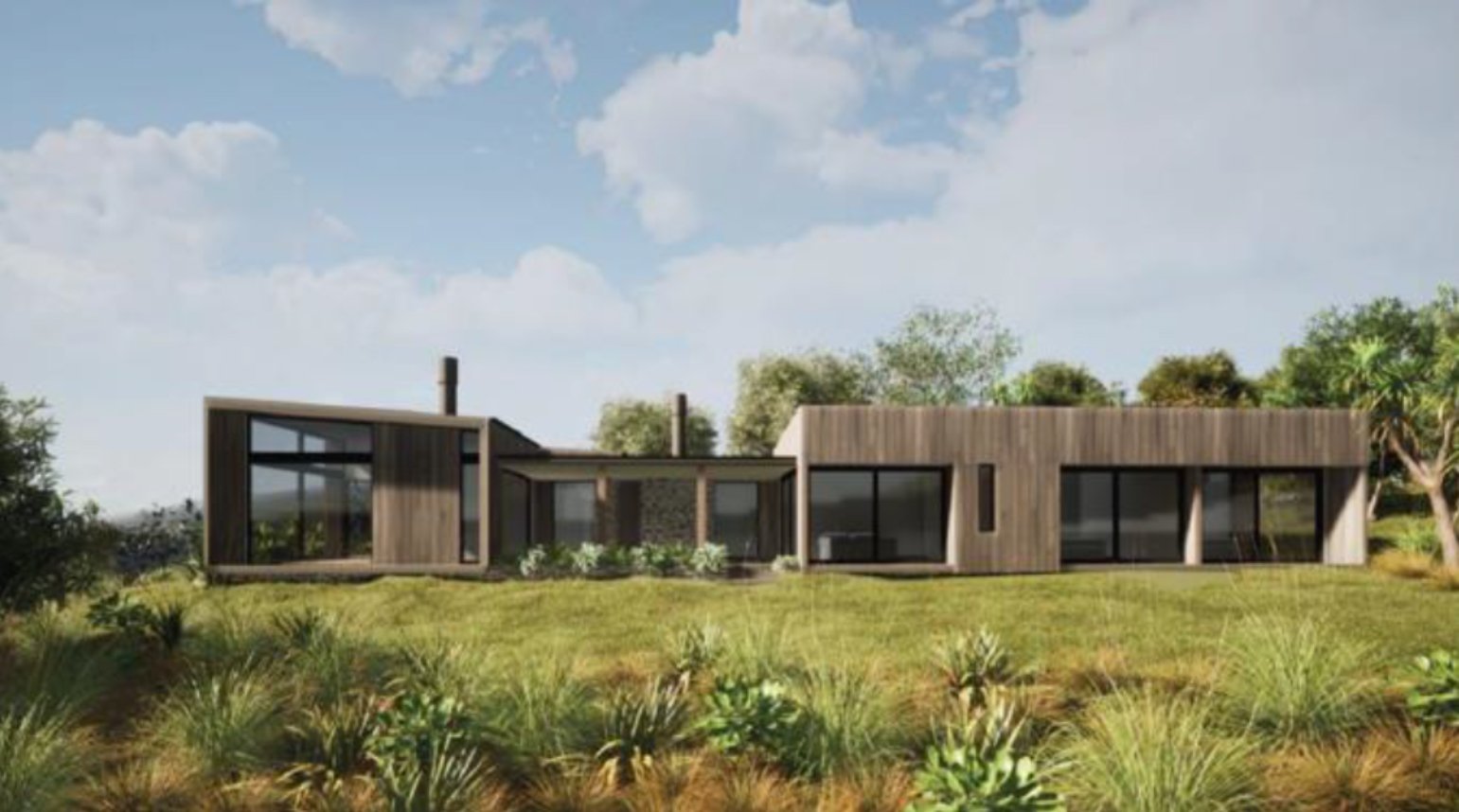
Consent application documents show the owners, William and Cynthia Buchanan, are looking to build their roughly 415sq m home in a single build, rather than the approved two-stage process.
"Staging the construction of the dwelling introduces a number of significant additional construction costs and delays," the couple’s application to the Dunedin City Council said.
However, the amenity of the valued surf beach and culturally significant area at Whareakeake (Murdering Beach) could be compromised, opponents said.
Kāti Huirapa ki Puketeraki, on behalf of mana whenua, called on the application to be declined.
The two-stage approach previously approved was to allow for the establishment of native bush to screen the new property.
Whareakeake was an important centre of population, and important as a pounamu manufacturing settlement, the rūnaka submission said.
The site partially fell within a 125ha reserve at Pūrākaunui set aside by the Native Land Court in 1868 to settle grievances arising from the Canterbury Purchase, also known as Kemp’s Deed, it said.
"Kāi Tahu whānui view the environment holistically, understanding that the way in which land is developed and used affects the values of cultural landscapes.
"A priority for Kāi Tahu is the protection of significant cultural landscapes from inappropriate use and development.
"Te Rūnaka wish to restate mana whenua interests in the landscape and record concerns about potential adverse effects and cumulative effects upon the cultural landscape in which the proposal is situated."
An ancient settlement and pā once existed in the bush behind the beach at Whareakeake, the submission said.
"This was the site of an infamous fight between the brig Sophia and local Māori," it said.
In a neutral submission, Heritage New Zealand Pouhere Taonga (HNZ) elaborated.
The area had been occupied as early as the 17th century by Kāi Tāhu and their predecessors, Heritage NZ said.
"The beach and surrounds hold significance to mana whenua as the site of the 1817 massacre by European whalers.
"The former village has been well fossicked, and partly excavated over many years, producing some of the most elaborate, concentrated carved pounamu in Aotearoa."

The proposed home would compromise the "integrity and mana" of the site.
HNZ also noted the application did not include a cultural impact assessment.
The application noted consent had been granted and this application was only for a variation.
The Buchanans bought the Heyward Point Rd property from overseas owners during the Covid-19 pandemic.
The previous owners received consent in 2015 for the property.
There were conditions on the consent, including considerable planting requirements.
Excavation began and though the original consent was due to expire in October 2020, the overseas owners were granted an extension to 2025.
Then after the sale, in September 2020, during the new owners’ concept development work, it was discovered the excavation already completed had created a building platform different from what was included in the original consent.
A new assessment showed vegetation would be required to screen the property appropriately.
But the application noted several thousand plants had been planted at the site already and said planting in front of the house would take place immediately after construction.
"These plantings will be maintained such they remain healthy and provide gradually improved mitigation when viewed from the central and northern aspect of Whareakeake Beach," it said.
Neighbours submitted in favour of the single-stage approach because it would minimise the disruption they faced.
Another neighbour said he did not oppose the single-stage approach to construction, but argued "meaningful visual mitigation" should be in place from the outset.
A Bayleys listing in 2020 described the property as a "magnificent find" and "a once in a lifetime opportunity to get your hands on this piece of paradise and build your dream home".
The council has yet to set a date for the hearing.











